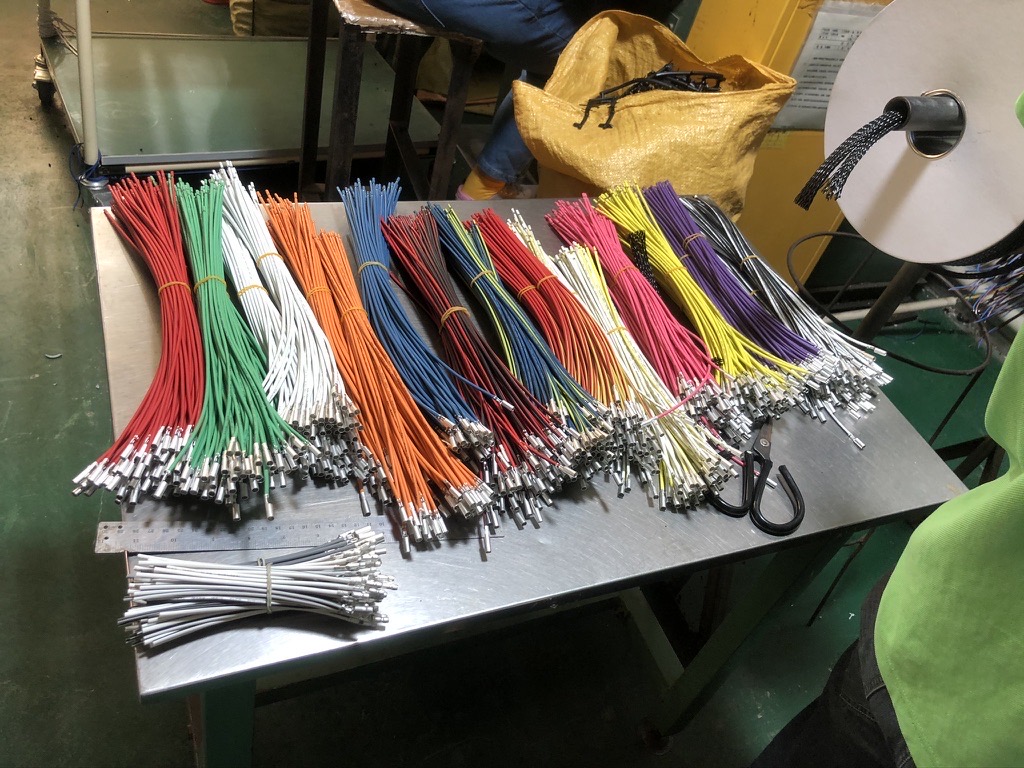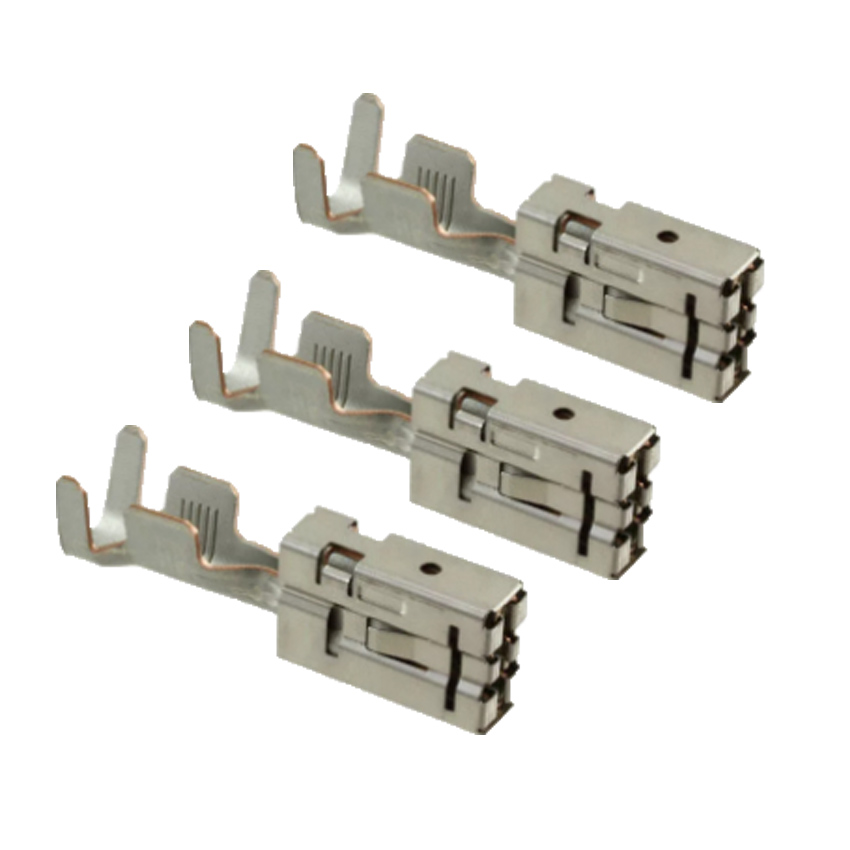Suggestions On How To Control The Reliability Of Terminal Crimping
The terminal crimping technology has been widely used in the electrical connection of electrical equipment. Whether the terminals are crimped well is also one of the important reasons for the integrity and perfection of the entire wiring harness. F-type crimping terminal has the characteristics of low contact resistance, convenient maintenance, firm connection, etc., and is widely used in the wiring of locomotive electrical products. Such as SS3B, SS7, SS8 electric vehicle pulse control line wiring.
At present, due to the limited application of F-type crimping terminals on locomotives, the main production method at this stage is manual crimping. OLINK TECHNOLOGY CO., LTD also uses manual crimping when producing and manufacturing wiring harnesses. The quality of crimping depends on the control. For the operator's control of the crimping process, there are also crimping reliability problems. OLINK will provide strict training and guidance to the personnel who perform crimping terminal positions. According to our F-type crimping terminal, some suggestions to improve reliability are put forward.

1. F type crimping terminal with its characteristics
F-type crimping terminal is one of the more commonly used crimping terminals. This type of terminal consists of a socket part and a crimping part.
Commonly used F-type crimp terminals on locomotives have two specifications: 6.3mm×0.8mm and 4.8mm×0.8mm.

Tag:1-967588-1F
The main features of an F-type crimping terminal are:
(1) Reliable electrical connection, low contact resistance (generally only 0.5mΩ~1.0mΩ);
(2) The connection is strong, and it is used in the operating environment of the locomotive;
(3) Convenient maintenance.
2. Crimping process of F-type terminal
The crimping process of the F-type terminal consists of three processes: wire preparation, crimping, and sheathing of the protective tube.
The basic requirements of each process step:
Wire preparation: Strip the insulation sheath at the end of the wire. The length of the stripped part should be able to meet the specified requirements. The number of broken strands of the multi-strand or flexible connection should not exceed 1/10 of the total number of strands.
Crimping: The crimping position is correct, and the indentation is visible.
Sleeve protection tube: After the crimping is carried out, put it on the ordinary casing or heat-shrinkable tube.
3. Testing of crimp quality of F-type crimping terminal
The crimping processing technology mainly ensures the welding quality of F-type crimping terminals. The crimping quality can be distinguished according to the detection of the pull-off resistance and the observation of the crimping cross-section.
The test of tensile strength can be sampled according to GB2828. Under normal circumstances, take special test level S-2, standard quality level (AQL) = 0.4.
The relationship between terminal crimping force Fp and pull-off resistance F: When the terminal crimping force is the best crimping force Fp0, the pull-off force F is the maximum; when the terminal crimping force is greater than Fp0, the pull-off force is reduced accordingly. The crimping meets the requirements when the measured pull-off force is greater than or equal to the minimum pull-off force.
In addition, the transmission line at the terminal crimping position is deformed due to the compression of the crimping pliers. In the compression strength test, if the crimped transmission line does not cause deformation or strand breakage, the crimping cannot be completed.
4. Several suggestions for improving the reliability of terminal crimping:
(1) When wiring, try to minimize the external force on the crimping point.
(2) A suitable insulating protective sleeve or heat shrinkable sleeve can well protect the crimping position.
(3) Do not pull the wire directly when plugging or unplugging the terminal.
(4)The samples that have been sampled for resistance to pull-off cannot be put into use again.